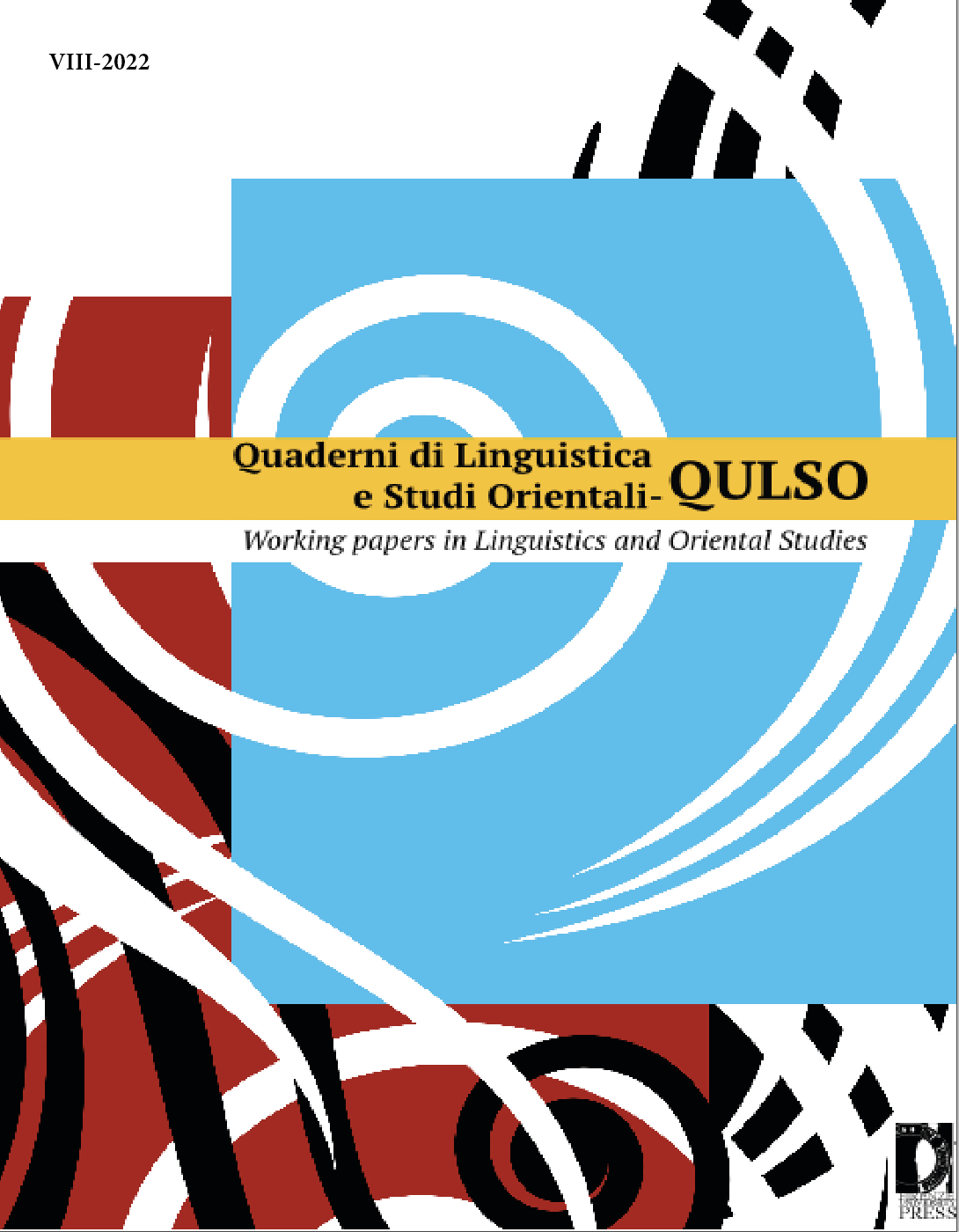Published 2022-08-29
Keywords
- Chinese,
- Cartography,
- Possessive Markers,
- Quantitative Syntax
How to Cite
Abstract
In this paper, we explore quantitative tools to investigate the optionality with respect to the presence of the possessive marker 돨 de in alienable and inalienable constructions in Chinese. We explore three models to account for this optionality. The main model predicts syntactic nature to optionality, in which the syntactic structure plays a role in the licensing/or lack of licensing of the possessive marker, such as overtly realizing pragmatically defined contexts (e.g., the nature of the possessor) or discourse properties. We compare this model to two control groups. The first control group states that the behavior of the marker 돨 de is highly dependent to the lexical properties of the possessum, while the second control group accounts for optionality as random, possibly given by chance. Corpus counts support that the syntactic model better captures the data. Finally, we discuss our results considering a cartographic approach.



